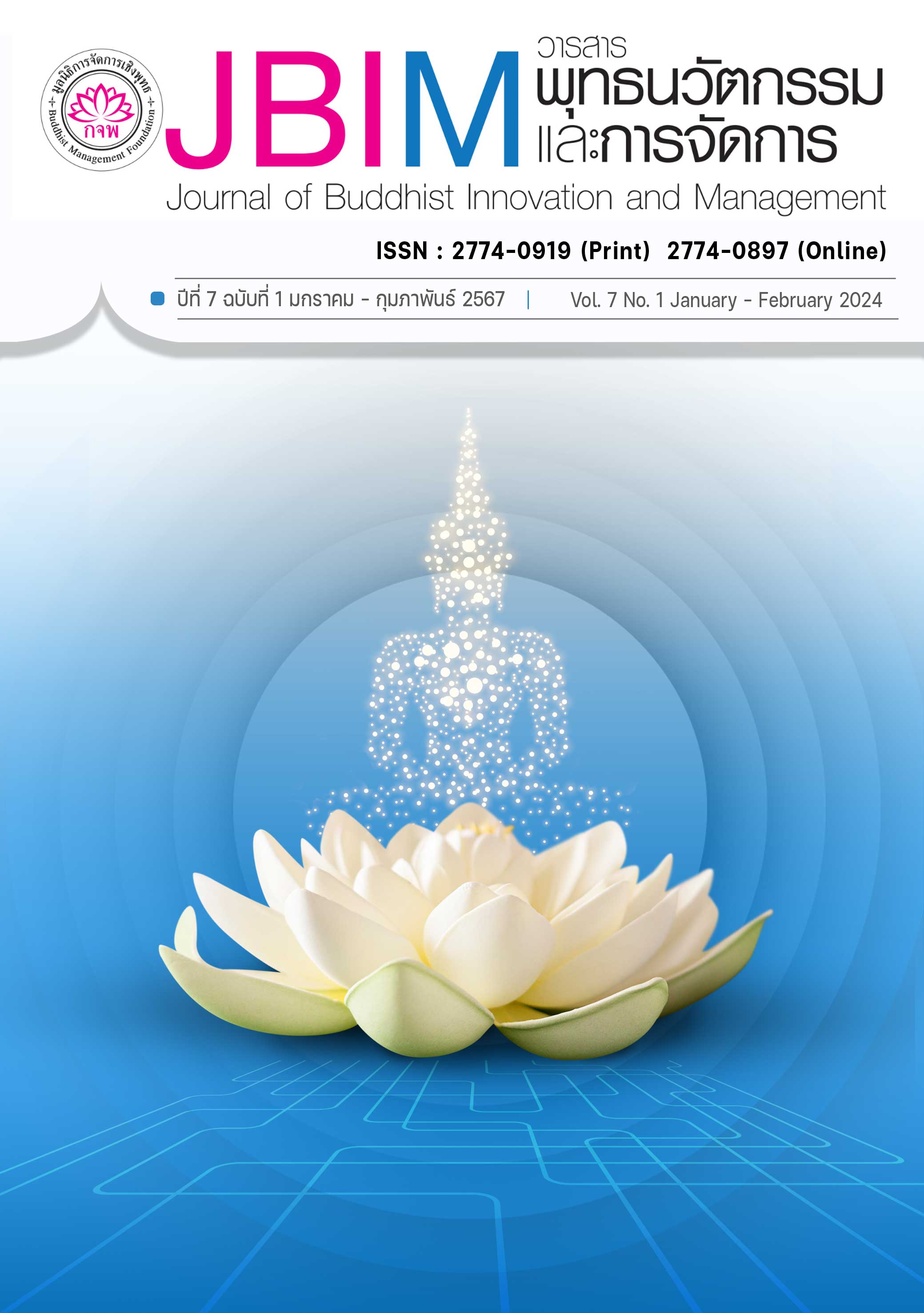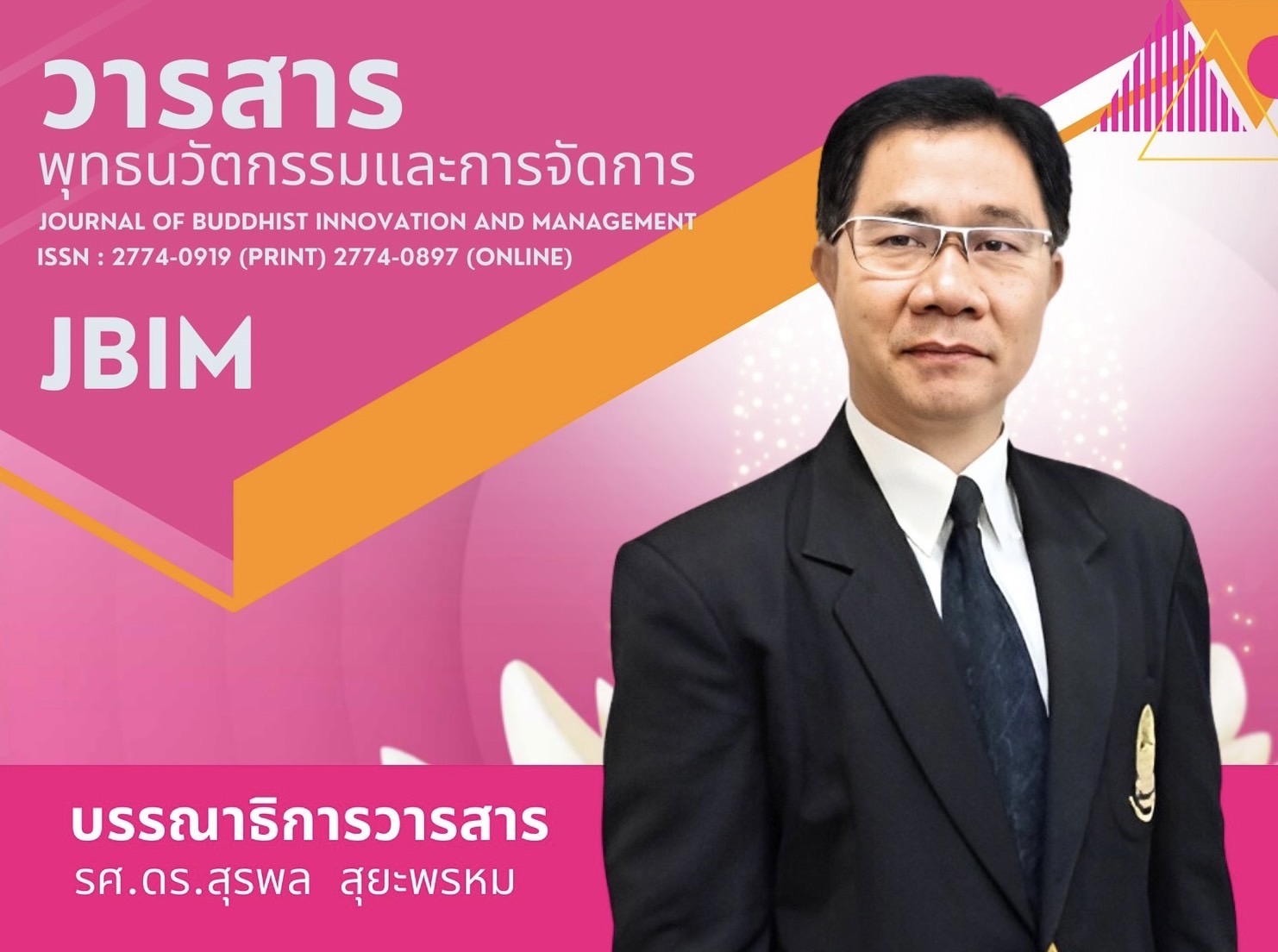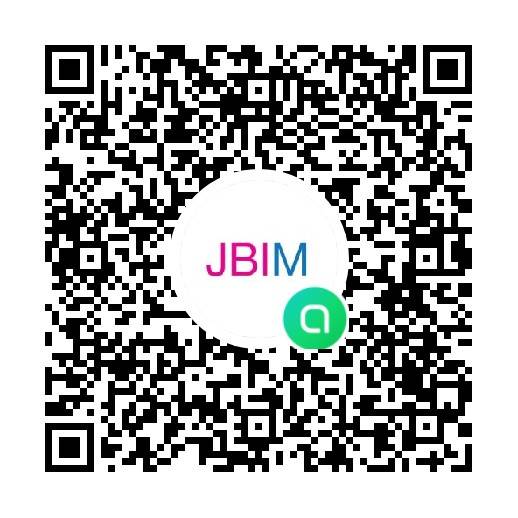JIGHACCHA PARAMA ROGA: ENHANCING THE PRINCIPLES OF NUTRITION FOR LUNCH OF STUDENT MONKS AT MAHACHULALONGKORNRAJAVIDYALAYA UNIVERSITY
Keywords:
Nutrition, Lunch, Student MonksAbstract
Objectives of this research article were to improve nutritional principles for lunch of student monks at Mahachulalongkornrajavidyalaya University, and to increase knowledge and understanding of nutritional practices among both monks and Buddhists. Subsequently, everyone involved can benefit from this information, so the health of the student monks will improve. Buddhism, monks, and Thai society are interrelated in terms of lifestyle, practices, and the promotion of a peaceful and stable community. As a result, monks will no longer have to suffer from chronic diseases, and student monks will be healthier because they will change their behavior, such as their diet, both in terms of food and drink. Buddhists will also adjust their behavior when offering food to the student monks so that it does not aggravate the existing health problems or diseases untilthey become chronic and difficult to treat, such as diabetes, high blood pressure, hyperlipidemia, and cancer. These diseases are indiced in part by the food offered to monks by Buddhists who still do not understand nutrition principles and are unaware of the detrimental impacts on illness. They frequently offer food that is too salty, overly sweet, or overly oily. Food that is very salty can cause hypertension, whereas food that is overly sweet can increase the risk of diabetes, and food that is overly oily can cause hyperlipidemia. Therefore, in order to enhance the nutritional principles for the health of student monks’ health, it is essential to have a solid understanding and knowledge of a nutrition that is beneficial to the body and conducive to the Dhamma Vinaya and the study of student monks.
References
กระทรวงสาธารณสุข. (2549). รู้ไว้...อนามัยดี๊ดี. นนทบุรี: กระทรวงสาธารณสุข.
พระธรรมกิตติวงศ์ (ทองดี สุรเตโช). (2551). พจนานุกรมเพื่อการศึกษาพุทธศาสน์ชุดคำวัด (พิมพ์ครั้งที่ 3). กรุงเทพฯ: ธรรมสภาและสถาบันบันลือธรรม.
นพวรรณ เปียซื่อ และคณะ. (2552). ความรู้ทางโภชนาการทัศนคติเกี่ยวกับอาหาร พฤติกรรมการรับประทานอาหารและภาวะโภชนาการของนักศึกษาพยาบาล. รามาธิบดีพยาบาลสาร, 9(1), 18-29.
พรเทพ ศิริวนารังสรรค์ และคณะ. (2558). สุขภาพดี เริ่มที่คุณ. นนทบุรี: กรมอนามัย.
พุทธชาด สวนจันทร์. (2550). ความรู้ทางโภชนาการ การบริโภคอาหารและภาวะโภชนาการของ ครูโรงเรียนเอกชน (วิทยานิพนธ์วิทยาศาสตรมหาบัณฑิต สาขาวิทยาศาสตร์). เชียงใหม่: มหาวิทยาลัยเชียงใหม่.
พระธรรมโกศาจารย์ (เงื่อม อินฺทปญฺโญ). (2543). คำสอนสำหรับผู้บวชใหม่: คู่มือดำเนินชีวิตของนักบวชใหม่ใต้ร่มกาสาวพัสตร์. กรุงเทพฯ: สำนักพิมพ์ธรรมสภา.
ยุพยง พรหโมบล และคณะ. (2548). ปัจจัยที่มีอิทธิพลต่อพฤติกรรมส่งเสริมสุขภาพของพระสงฆ์ที่มารับบริการ ณ หน่วยหอผู้ป่วยนอกโรงพยาบาลสงฆ์. วารสารกรมการแพทย์, 30(3), 148-156.
ราชบัณฑิตยสถาน. (2546). พจนานุกรมฉบับราชบัณฑิตยสถาน พ.ศ. 2542. กรุงเทพฯ: นานมีบุ๊คพับลิเคชัน.
วิโรจน์ นาคชาตรี. (2555). อาหารและวิธีการบริโภคเพื่อสุขภาพตามทัศนะของพุทธ ปรัชญา. วารสารวิจัย รามคําแหง, 15(1), 15-25.
สมิทธิพล เนตรนิมิต. (2533). ภาพชีวิตของพระสงฆ์ในอริยวินัย. กรุงเทพฯ: บริษัทนีโอดิจิตอลจำกัด.
สันต์สัม ปัตตะวนิช และคณะ. (2559). เศรษฐศาสตร์พฤติกรรมกับการบริโภคอาหาร. กรุงเทพฯ: จุฬาลงกรณ์มหาวิทยาลัย.
สิริพันธุ์ จุลกรังคะ. (2546). โภชนศาสตร์เบื้องต้น (พิมพ์ครั้งที่ 2). กรุงเทพฯ: มหาวิทยาลัยเกษตรศาสตร์.
เนตรนภิส ธีระวัลย์ชัย. (2554). โภชนาการ. สืบค้น 18 สิงหาคม 2566, จาก www.si.mahidol.ac.th.../บทที่23 โภชนาการ-อ.เนตรนภิส.doc





